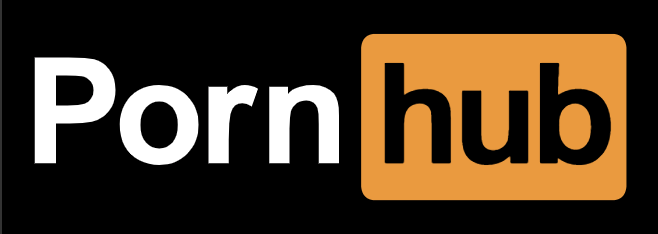Knowing Website State Using PHP
When I create a website, I create an "app-top.php" file to place website settings in. It's just easier to place a bunch of variable is that file, include it at the top of pages, and know that you only need to change one file if a variable value needs to be changed. A good example of this is a business name change -- I don't want to have to do a search/replace on an entire directory (and risk causing errors) if I can just have a $BUSINESS_NAME that I can reference from my app-top.php file.
One setting is use is a $WEBSITE_IS_LIVE variable. Based on the value of this variable, I can tell if the website is up on the live server or my development server. Say the development server address is "[customer].dev.myutilitydomain.com" and the customer's hosting domain is "www.[customer].com". Here' how my PHP script can know if the site is live or not:
$WEBSITE_IS_LIVE = !substr_count($_SERVER['HTTP_HOST'],'myutilitydomain.com');
What settings do I change depending on the value? Many, including:
- Database Username
- Database Password
- Database Host
- Database Name
- Email Address (where to send live form email addresses to; if the site is in development, I want them going to me)
Those are just a few variables I manipulate using $WEBSITE_IS_LIVE. The best part about using the PHP code above is that I don't need to change the setting myself all the time -- using substr_count() automates the process.





The best programmer is a lazy programmer. This is a very practical example, great!
Some settings I may include when on the dev-site are switches like:
CACHING = 0;
DEBUG = 1;
ALWAYS_LOGGED_IN_AS = ‘admin’ ;
Great advice David. In a former life, I used to update the settings in a config file, changing them for the test server, the live server and a local verison and every now and again – I’d upload the wrong settings to the live server – whoops! That had to change.
Now I use a
$MODEvariable so$MODE=liveor$MODE=test. I usually define 3 different URLs: a live one (http://example.com), a test one (http://test.example.com) and a local one (http://example) then use a switch (usingHTTP_HOST) to check which one I’m on and set the$MODEaccordingly.Then I can use if for all kinds of things, like whether to include Google Analytics tracking code, how to log/display errors, whether to gzip/minify/chain together my JavaScript and/or CSS, etc.
@deef: I use the $DEBUG variable too.
@Phil: I use this for Google Analytics too!
I tend to define those as constants instead of variables just so there is no chance of them being overwritten.
yeah i use constants to define set values like database prefixes and email addresses.
I then use variables to set different changeable values based on a defined constant.
Like email headers or an applications theme.
In somecases i have even used a further level of configuration such as xml and mysql. This way i was able to setup and install multiple instances of an application each with their own settings.
I do the same thing, but using :
if ($_SERVER[‘SERVER_ADDR’] == “127.0.0.1”) //home else { //webserver }
The main advantage is that I can use this same code (I made it into a code snippet) on all my websites. I don’t have to worry about having the right domain name for each case.
I see we share a common interest! Excellent job on the website!